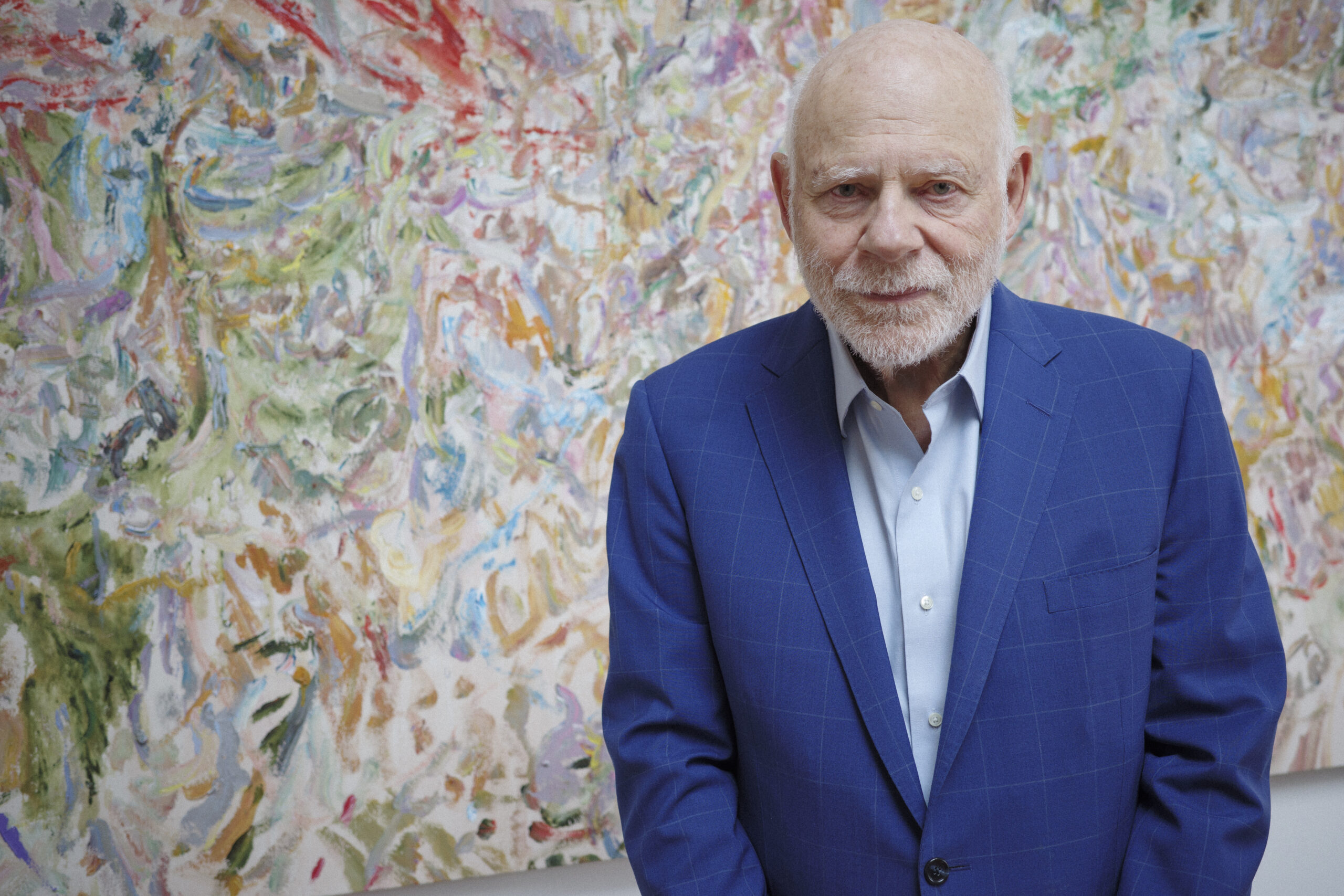
One could argue that Francis J. Greenburger’s life reads like a map of New York’s cultural evolution—one that winds through SoHo lofts of the 1970s, past the legendary bars of the late 20th-century boho set, into the quiet halls of private offices where his first $25 painting acquisition still hangs. A real estate developer, philanthropist, and longtime literary agent, Greenburger is equally defined by his eye for art as he is by his commitment to building the institutions that uplift it.
With the founding of the Francis J. Greenburger Awards, which annually honors five under-recognized artists with a $12,500 prize, and Art Omi, a nonprofit arts center featuring rotating exhibitions, a 120-acre sculpture and architecture park, and education and residency programs in the Hudson Valley, he’s created platforms that champion artists on the rise, while his personal collection—spanning pieces by Larry Poons to Stanley Whitney—reflects those who have spent decades mastering their craft.
Up next? Greenburger is releasing Autobiography of a Skyscraper this November, an architectural biography of Chicago’s 1000M tower. The developer is also launching the Art Omi Pavilions in Chatham, New York, which offers 18 artists and collectors the opportunity to develop individual sites for their work across a 190-acre expanse.
In the midst of it all, Greenburger sat down with CULTURED to share how he manages to keep broadening his purview in an already flush art world.
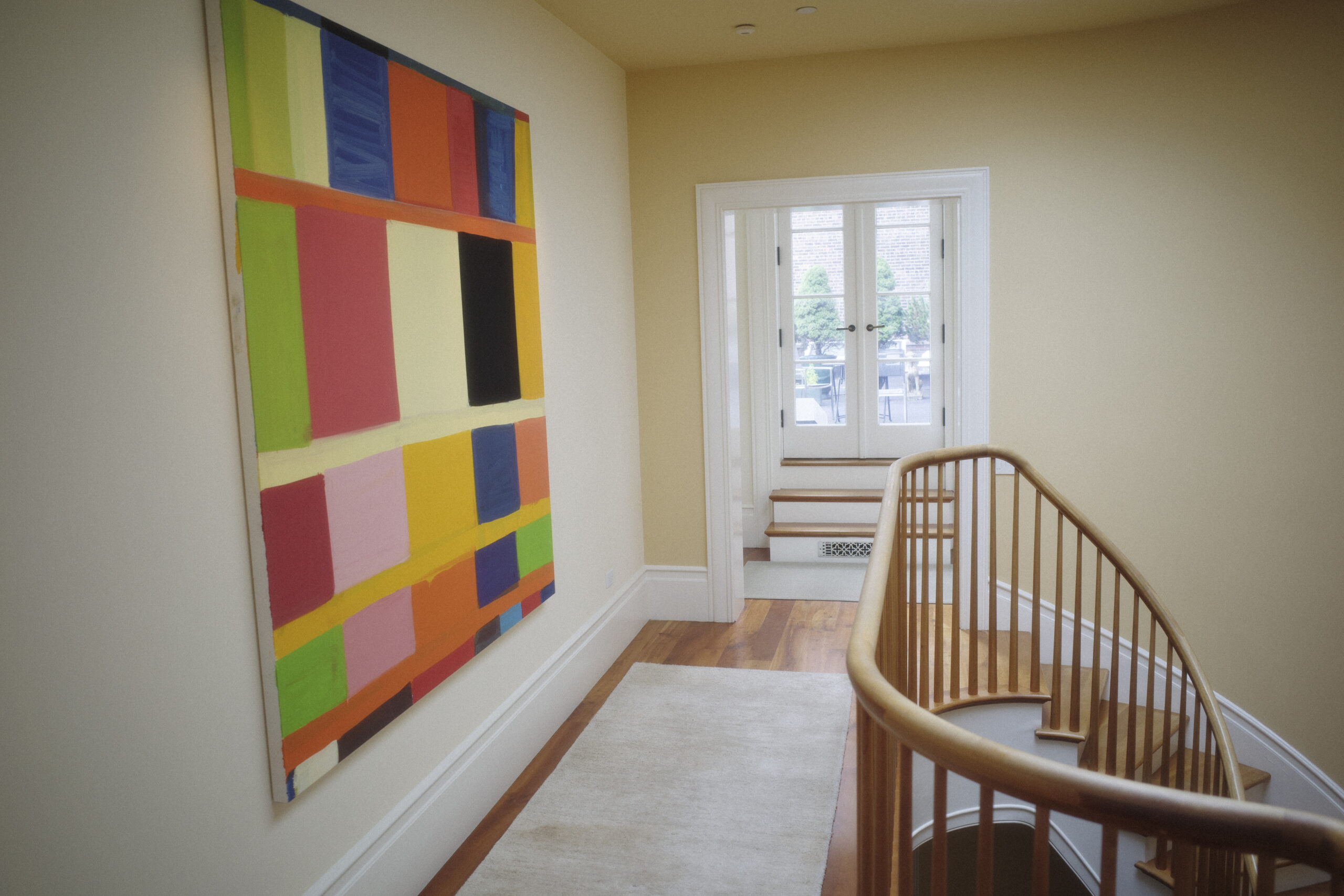
Where does the story of your personal collection begin?
I bought my first painting when I was 14 years old for $25. It reminds me of riding the elevated subway in New York with my dad, and still hangs in my office to this day.
You traversed the New York scene in the 1970s, frequenting (a very different) SoHo and hotspots like Max’s Kansas City—what do you think makes that era distinct from today’s art world?
Max’s Kansas City was a place where artists could trade a painting for their bar tab. A few years ago, there was an exhibition of the owner’s art collection from the Max’s period which was quite impressive. I’m not sure where artists could do something like that in New York today.
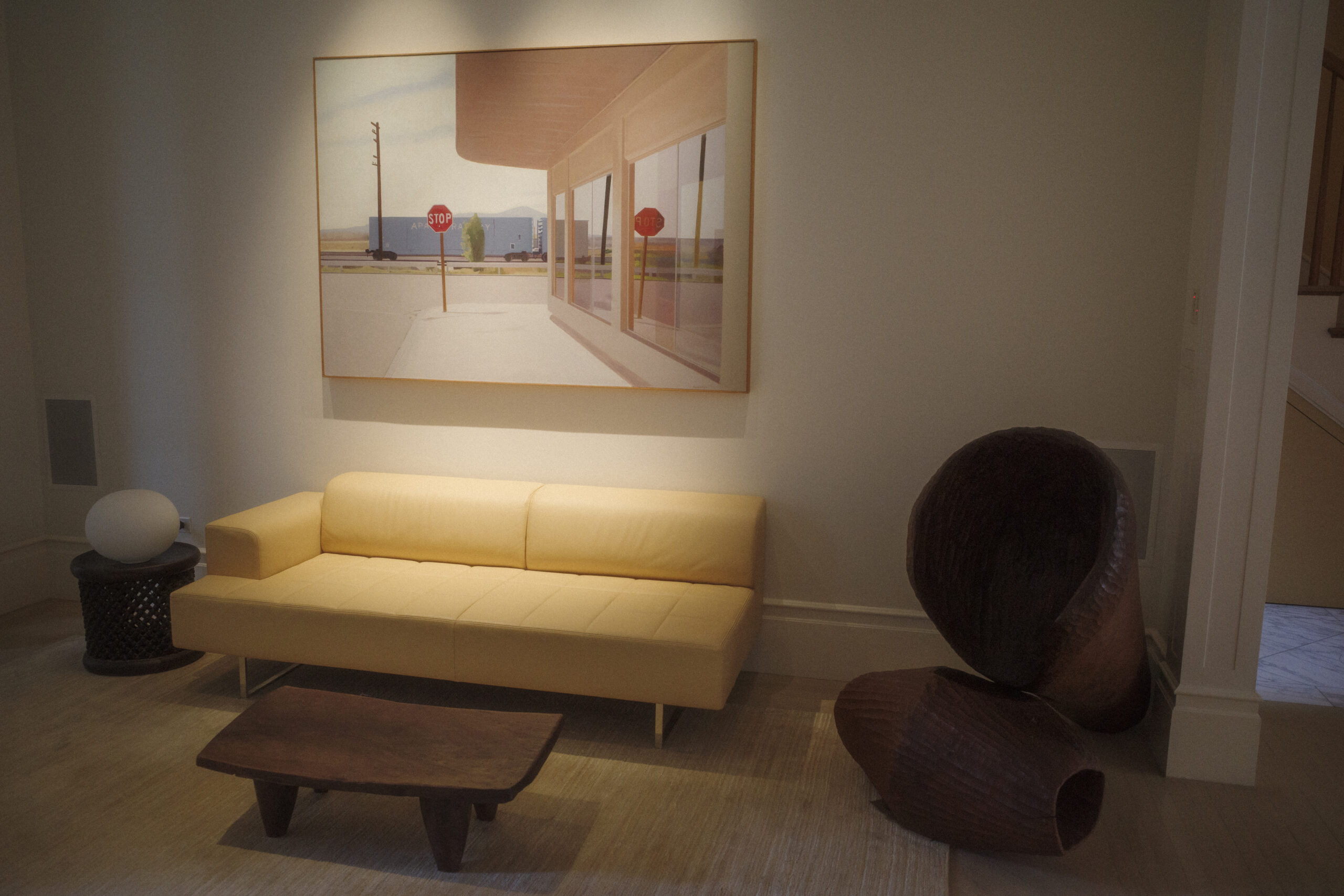
The Francis J. Greenburger Awards have been honoring under-recognized artists since 1985. What inspired you to start the program, and what keeps it vital four decades on?
In the late 1970s, I was on the board of a committee that awarded an annual gold medal to a prominent writer. I decided my real interest was to give recognition to under-recognized artists of outstanding merit, rather than already famous ones. So I decided to start my own prize and dedicated it to under-recognized artists for lifetime achievement.
In the process of finalizing the concept, I got great advice from art world legends like André Emmerich and Clement Greenberg. André told me that, “the best and the brightest artists of each generation are known, but not to everyone. Ask the inner circle and they can tell you.” Greenberg was helpful in defining the selection process and the protocol that our juror-presenters of the prize would adhere to.
How do you see Art Omi and the Art Omi Pavilions projects shaping your legacy in the arts?
Although my ambition is for these institutions to outlive me several-fold, I don’t think of this in terms of personal legacy. Rather, I am grateful for the dedicated community (including my wife, my children, and our board of trustees) that have made them what they are. My hope is that this community will carry them into the future when I am no longer able to.
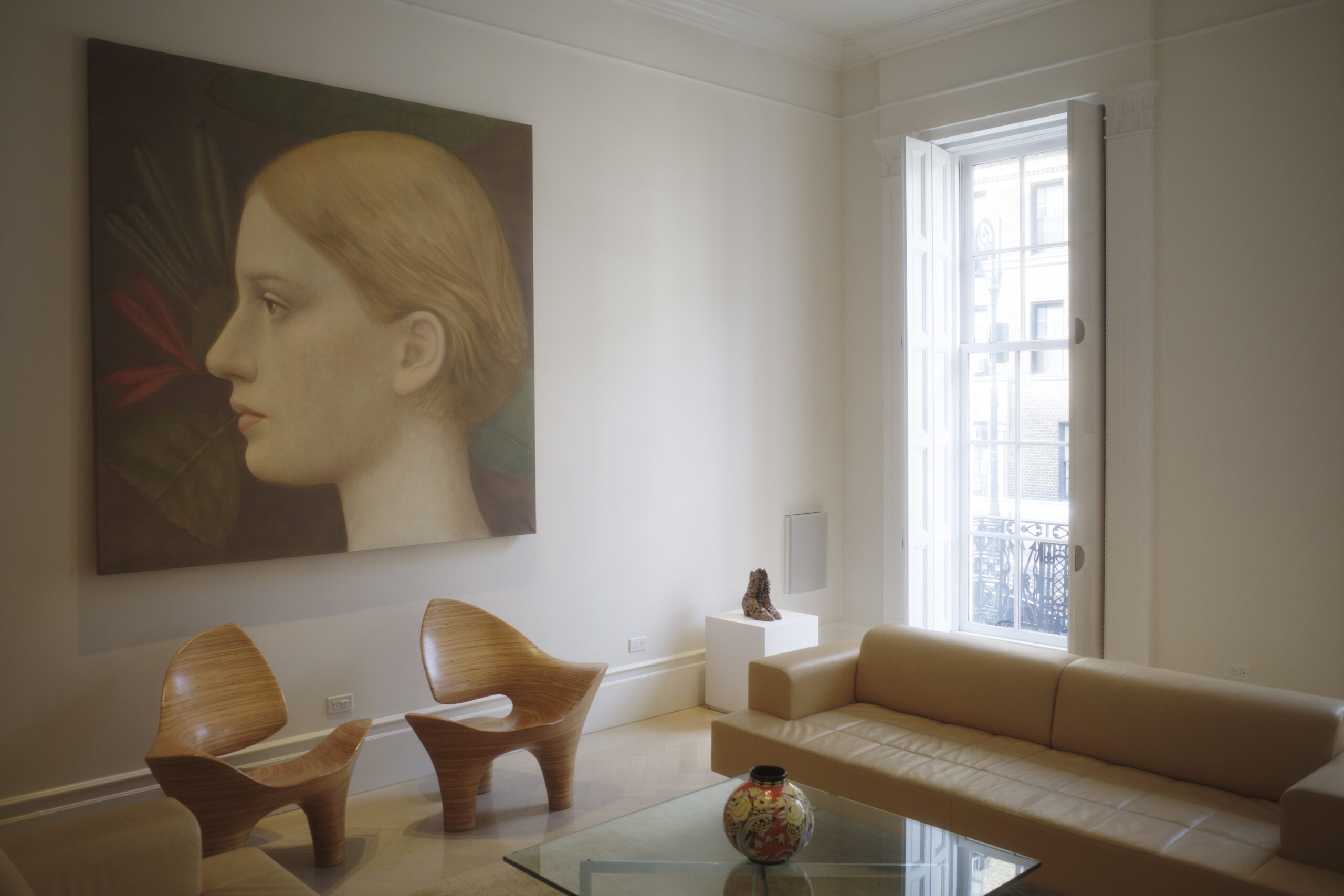
What was it about your early experience with artists that convinced you to support them not only as a collector, but as an institution-builder?
I grew up among writers, artists, and publishers, including my mother and father. I feel at home with the creative process and understand its importance and impact. It seems only natural to me that I would commit part of my energy and time to fostering it, in whatever ways I can.
What has been the most challenging piece in your personal collection to acquire?
I think some of Larry Poons’s early work—which were somewhat tough to fully appreciate visually—required me to go deep inside myself to appreciate their impact. I liked Larry personally, so that gave me confidence to transcend my initial resistance. Larry’s work today is more user friendly, and I’m pleased to have both his earlier and later works in my collection.
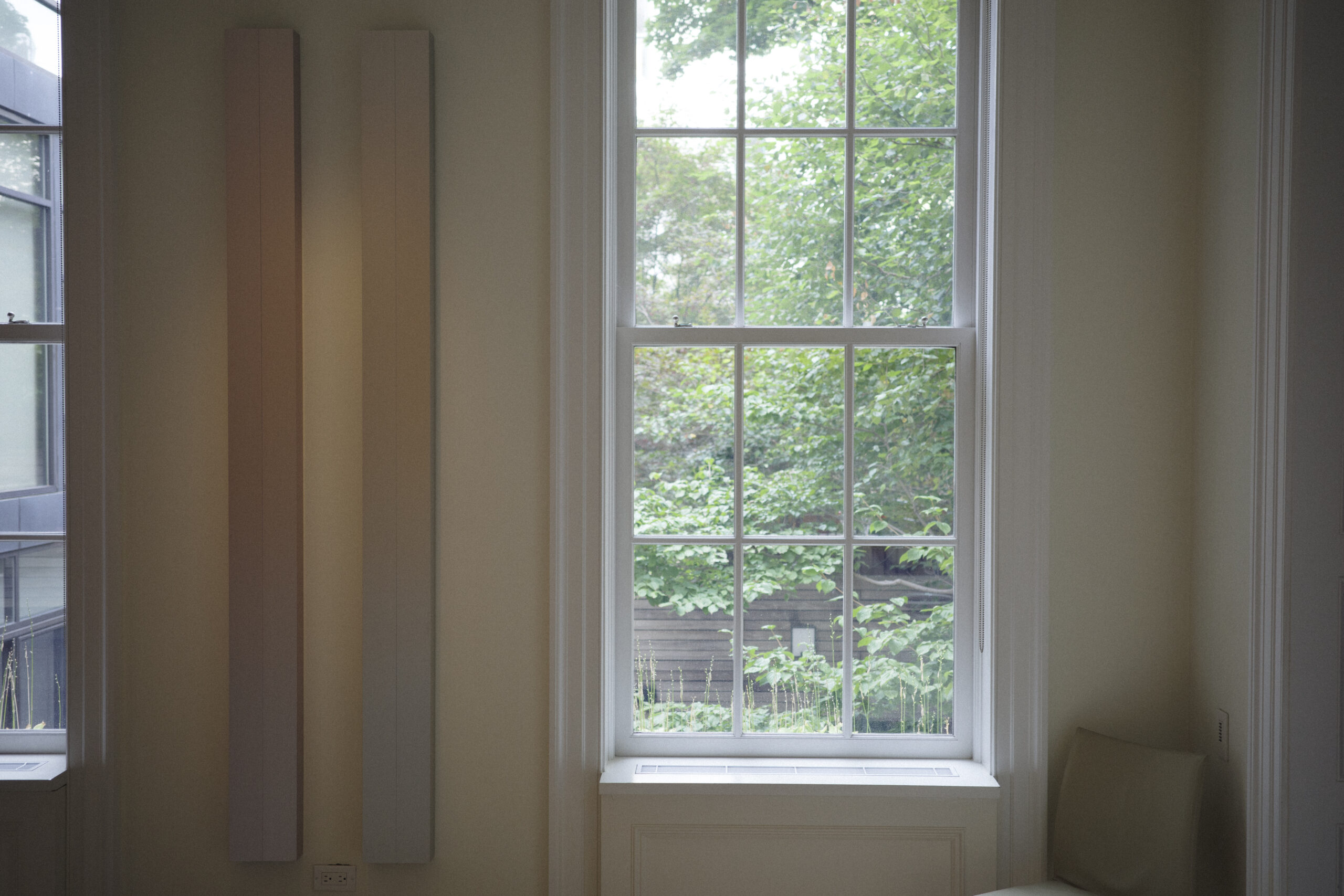
Which work in your home provokes the most conversation from visitors?
Without question, Ron Klein’s wall assemblage in my dining room. His practice of collecting seed pods from very remote regions of the world mixed with everyday contemporary objects cannot be overlooked. He creates a wall installation of these elements which is endlessly fascinating and slightly hypnotic.
You’ve balanced careers in real estate, philanthropy, and literature—do you see your approach to collecting as an extension of those skills, or something entirely new?
I consider it the extreme privilege of my life that I have the energy, interest, and resources to contribute to all these areas, including my art appreciation and collecting. I actually have been able to create a broader art collection by bringing my real estate investments and my passion for art together. I did this by developing the Time Equities Art-in-Buildings Program, which allows me to exhibit artists I like, as well as works from my private collection in the properties we own. Residents appreciate the art and feel it shows a level of care that we have for their buildings.
What do you hope that readers will take away from your upcoming book?
Autobiography of a Skyscraper tells the story of how a lot that was once the site of a failed development effort was transformed into one of Chicago’s most successful and iconic new buildings. I hope that readers will come to understand that development is a team sport, with hundreds of tradespeople, professionals and stakeholders all contributing to the final result. The developer is only the orchestra leader, but the music itself comes from others. Everyone came together and used their collective talents to make this happen.
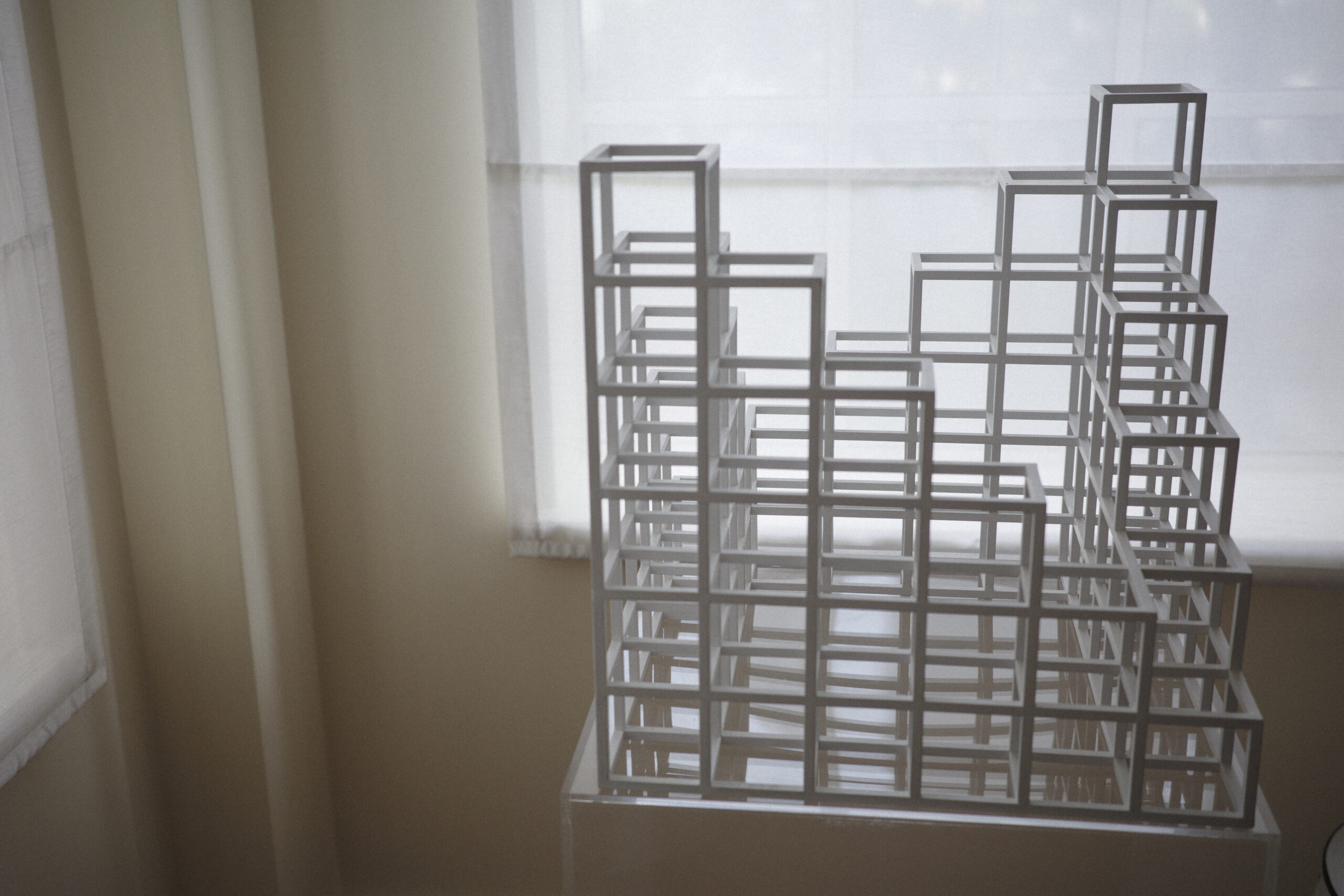
What book changed the way you think about art?
Off the Wall by Calvin Tomkins. It was an early introduction to the 1960s art scene, and helped me shape my views in the 1980s.
Which artist are you currently most excited about and why?
Many—I just did a meet-and-greet with Jay Sylvester, an artist whose work I hadn’t known about before but who caught my interest. He creates wall sculptures from branches of invasive species. But of course, I am equally excited by the artists who I have known for a long time and will be participating in my new museum project, Art Omi Pavilions. Artists like Alice Aycock, Torkwase Dyson, Tadaaki Kuwayama, Rakuko Naito, and all the artists in the extraordinary collection of Michael and Susan Hort.










 in your life?
in your life?

